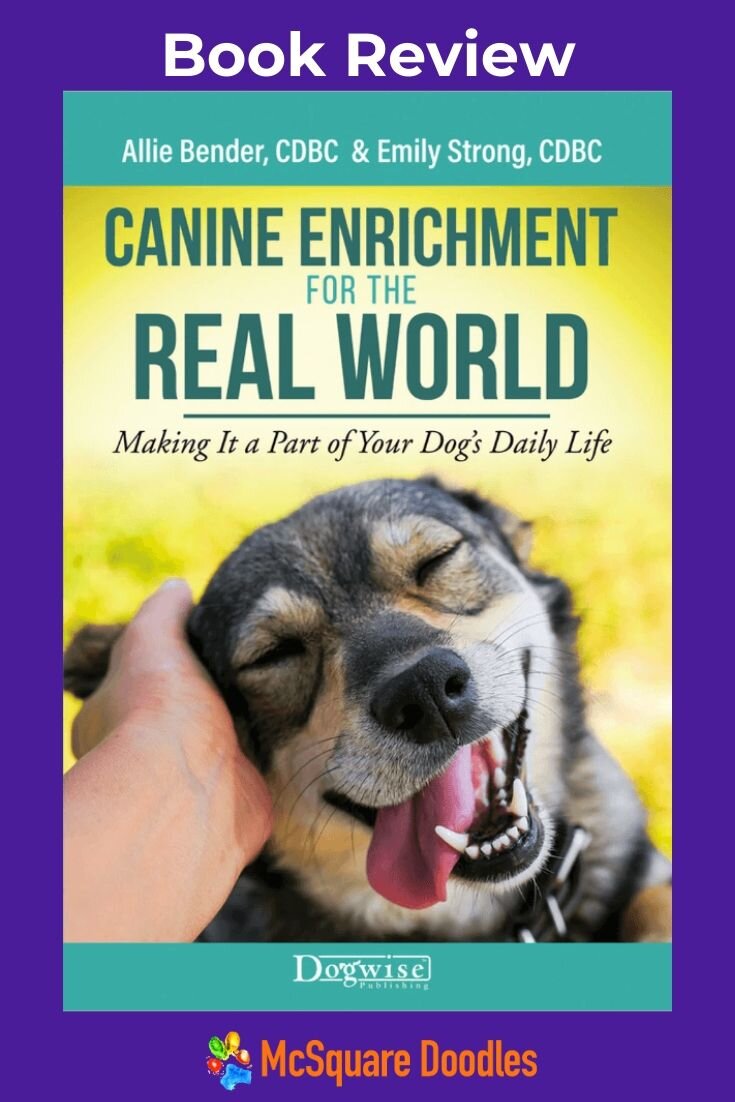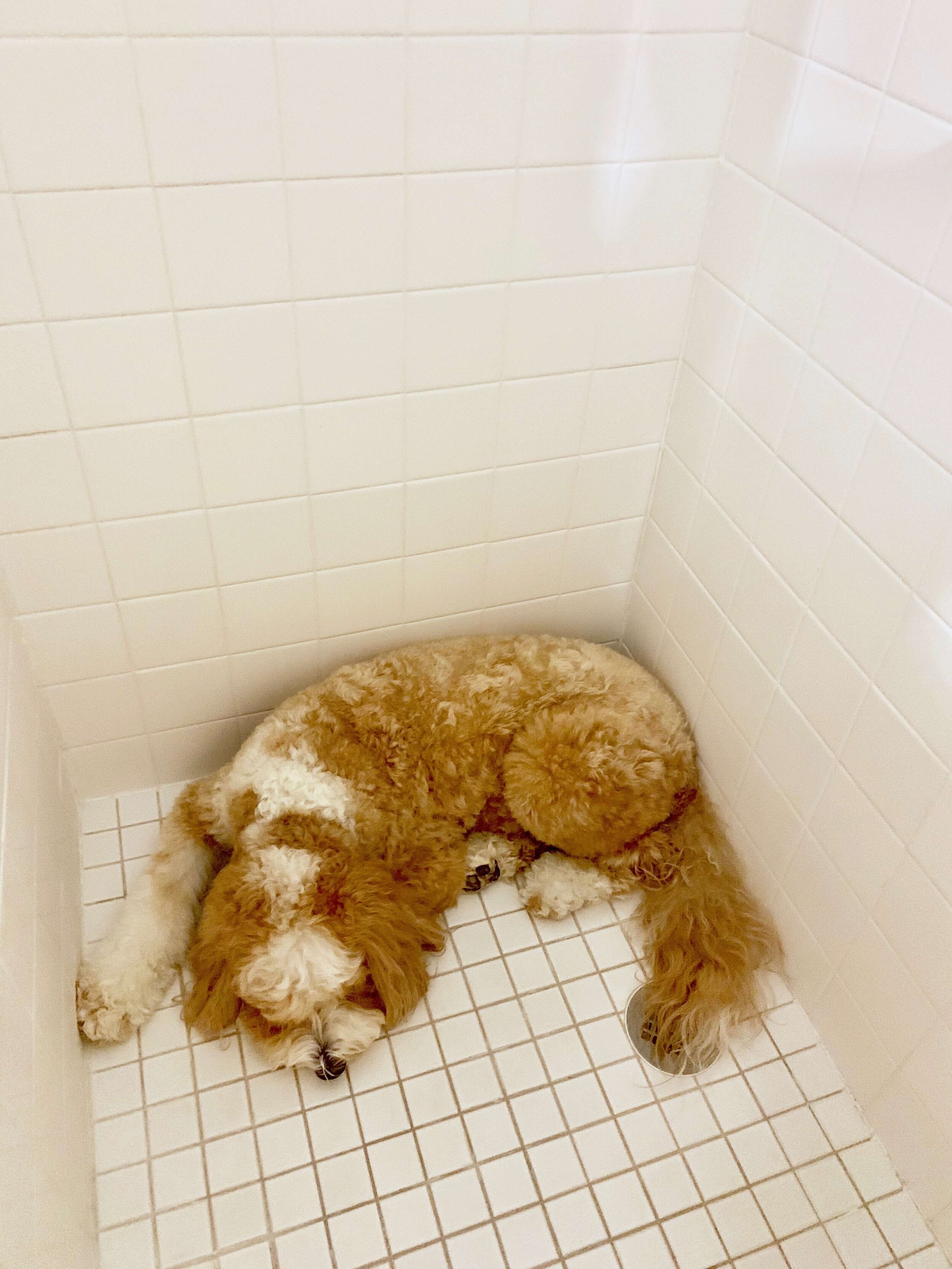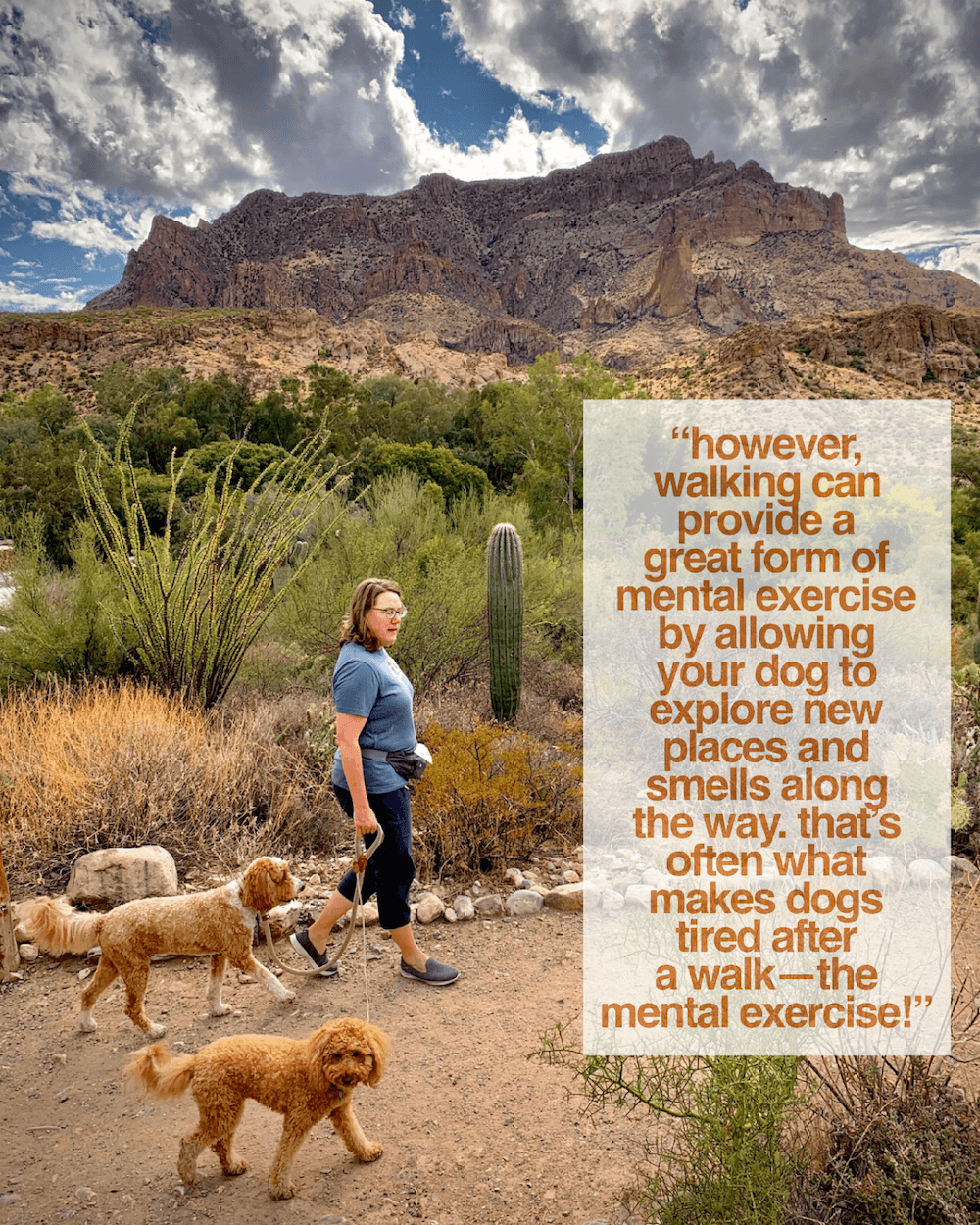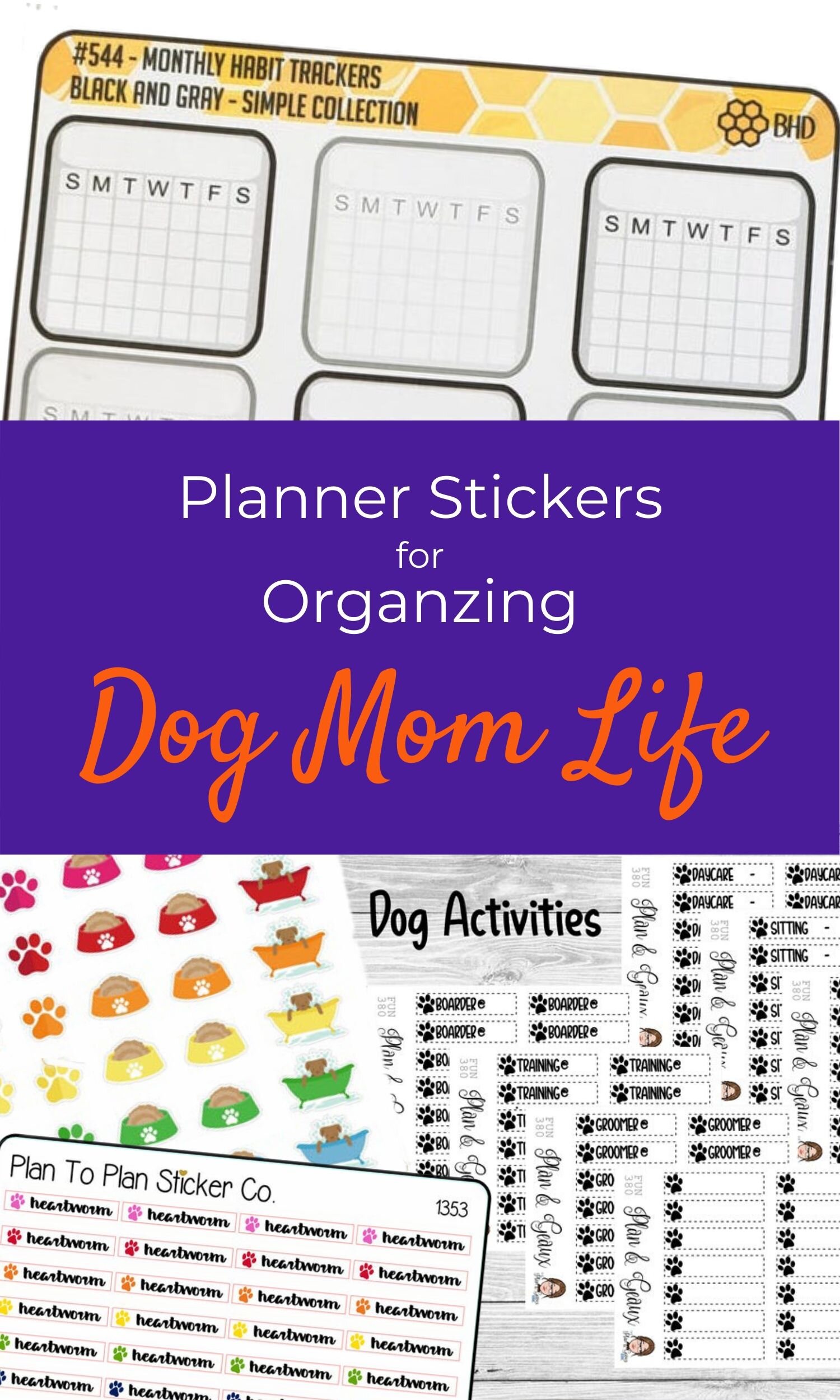Book Review: Canine Enrichment for the Real World by Allie Bender, CDBC & Emily Strong, CDBC
/I knew I was going to love this book when in the first paragraph, I read this sentence:
“When we’re assessing why and how to meet a dog’s needs, science matters.”
The authors go on to give short explanations of how empirical evidence and anecdotal evidence are different.
Throughout this book, they cite sources that have been peer reviewed, and when they include anecdotal evidence, they clearly disclose those stories as just that, personal stories from their experience.
I counted the references cited: 26 of them are dated from 1947-1999 while 78 of them are dated from 2000-2019.
In other words, two-thirds of the amount of research relating to canine enrichment and behavior science this book is based upon has been researched within the last 20 years.
Since canine enrichment is a pretty new topic in dog research, the authors clarify limitations on some of the cited studies. Given how many of the studies and sources cited are so recent, I’m looking forward to either an updated version of this book in the next several years or an entirely new book about how to help my dogs live their best lives.
Logical organization leads reader on journey
Bender and Strong share that they each wrote different chapters. Since they would edit each other’s work and add to it, they include a warning that readers may sense changes in style. I didn’t notice anything that jolted me out of learning more about canine enrichment.
I was fervently highlighting!
I did notice that some details were repeated in different sections of the book. Not a detail I’m at all worried about for a book that I plan on using as a nonfiction reference book. The repetition of some activity ideas or behavior details about dogs makes this book an easy one to go back and skim for ideas.
They broke their book into three parts that helped me understand how much I’m already doing right for our dogs and address some gaps in their needs that I could be filling.
Definition of canine enrichment and origins of the idea:
1. Enrichment Then and Now
2. The Elements of Enrichment
3. Agency
Types of canine enrichment with explanations for why each is important:
4. Physical Exercise
5. Safety and Security
6. Instinctual Behaviors
7. Foraging
8. Social Interactions
9. Mental Stimulation
10. Calming Enrichment
11. Independence
12. Providing the Right Environment
Practical suggestions for creating and using a canine enrichment plan:
13. The Human Element
14. Work Smarter, Not Harder
15. Practical Enrichment for Special Needs Dogs
16. Practical Enrichment in Shelters and Rescues
17. Putting It All Together
The authors’ definition of canine enrichment:
This post may contain affiliate links, which means at no additional cost to you, I may earn a small commission if you click through and purchase something. Please see my Affiliate Link Disclosure policy for more details.
The chapter on agency
While the opening chapters give great context explaining how the idea of enrichment began in zoos, the definition of enrichment, and even tips on how to find a vet, it was the chapter on agency that blew my mind.
While I was familiar with the concept of giving my dogs choice, this chapter had so much great information in it that I resisted highlighting because I was afraid I would highlight every word. Instead, I want to reread this chapter when I create my canine enrichment plan. Then I might decide to highlight salient points.
The sentence that impacted me the most in this chapter:
“One of the saddest reasons learned helplessness happens is because it’s easier for us when our dogs shut down, so we don’t necessarily want to fix it.”
That’s a sobering statement to read for this dog mom. Reflecting on how much agency I allow our dogs, I know I’ve got room for improvement.
I used to get all worried when Bernie would go sleep in his crate in a separate room or the bathroom shower. He’s usually such a velcro pup that when he actually makes choices to be by himself, I jump to the wrong conclusion that he’s not feeling well.
In reality, he would emerge from his isolated nap a happy dog looking for playtime and snuggles. He just wanted to be in his dog cave for a bit.
In terms of brushing his teeth, though, I was not giving him any agency, so I decided to rethink how I approach this almost nightly routine.
As soon as he would see me pulling out the gauze or dental wipes, he would walk to my desk to hide in the corner. I used to brush Lizzie’s teeth first and then walk over to Bernie in his hiding spot.
He would always allow me to brush his teeth. I would calmly talk him through the process, including my explanation for why this dental routine is so important for his overall health.
At the end he would always come out from underneath my desk to receive his special snuggles for getting his teeth brushed. After reading this book, I decided that I needed to manage the environment to help Bernie because getting his teeth brushed is not an optional activity.
Basically, I make sure that Bernie doesn’t see me grabbing the dental wipes. I brush his teeth first on the couch to avoid him sitting under my desk while I’m brushing Lizzie’s teeth. In my mind, he’s just under my desk feeling helpless and stressing out.
I still talk him calmly through the 30-60 seconds it takes me to get both sides of his mouth. I give him the All done hand signal, so he knows I’m really not going to go back into his mouth, and then he gets his special snuggles.
Types of enrichment activities
The middle chapters covering all the different ways to help your dogs live an even more fulfilled life reinforced how many activities I already do to make life much more interesting for Bernie and Lizzie.
There are 9 chapters covering so much information! If you’re worried about how well you’re doing as a dog parent, you should definitely read at least these middle chapters because I can’t imagine any responsible dog parent not seeing things they’re doing right.
We’re big on walking, hiking, and exploring new places. I rotate through a variety of places to take the dogs for walks and adventures. As a family, Matthew and I try to take regular field trips with the dogs to different places as well.
While walks in new places with exotic sniffs help tucker these two out, I need to incorporate even more enrichment involving smells. I do let the pups sniff on many of our walks, but this book gave me several ideas for using scents in different ways to engage their olfactory sense.
I learned more about how beneficial using a flirt pole can be to achieve a tired and happy dog.
Our trainer has demonstrated using a flirt pole, so I was already familiar with the concept. We have one flirt pole with one toy attached. After reading this book, I’m going to experiment with different types of toys to attach to the end of the flirt pole to keep this game fresh for the dogs.
After reading about the importance of foraging for dogs, I am going to need to figure out how I can incorporate this enrichment activity with our dogs since they don’t eat kibble. Many of the examples of foraging activities in this book focus on a kibble diet.
While they do incorporate a few suggestions for wet food that include using a food processor, I don’t particularly want to buy a blender. I’m going to search through the Canine Enrichment Facebook Group for some other foraging ideas. If I can’t find ways for the pups to forage for wet food, then I can re-assess our training routine.
Maybe I start incorporating more playtime into some training sessions so I’m using treats less. Then those treats could be hidden into snuffle mats for foraging as a separate activity.
The chapter on social interactions gave me the clearest picture of the difference between dominance and dominance theory. Quite a bit in this section got highlighted and I was reading a good deal of this section out loud to Matthew because I was so fascinated by how these authors framed their explanations.
The authors address training in the chapter about mental stimulation. I loved how they addressed dominance there.
They paraphrased a portion of the Dominance Position Statement from the American Veterinary Society of Animal Behavior:
“The best way to be a good leader to your dog is to teach them what you want them to do and prevent them from being able to practice undesirable behaviors, rather than setting them up to make a mistake and then punishing them for it.”
The former middle school teacher in me couldn’t agree more. Catch them being good is one of those middle school teaching strategies that make your life so much easier.
Within this chapter, the authors also address how dog trainers, and I include myself here as Bernie and Lizzie’s primary trainer, need to learn more about the decades of research in behavior science.
If you’re a dog trainer arguing that you don’t need to learn about behavior science because you’ve got years and years of experience training dogs, their message is “Decades of experience is not the same as actual expertise.”
Again, as a former middle school teacher, this cranky archetype rings true. I avoided those teachers who consistently complained about never learning anything new at any professional development training or workshop. Does not surprise me that this personality type exists within the dog training world.
Also makes me thankful that our trainer values her own professional development. There’s something to consider when choosing a dog trainer. On their website or social channels, do you see a consistent history of seeking out knowledge through sharing the most recent scientific studies and attending seminars or conferences?
Creating an enrichment plan
Within the last 5 chapters, the authors truly inspire their readers to put together a canine enrichment plan by scaffolding how dog parents could approach a task that might seem daunting.
They begin by making suggestions that might make canine enrichment more fun for you, including the idea for organizing toy-making movie nights or enrichment parties with others.
Then they include a simple chart that lists activities every dog parent is already doing and they offer one suggestion for how you can adjust that activity to make it more enriching for your dog.
One. One manageable idea that’s easy to implement. Nothing overwhelming here.
In the last chapter, they offer a template chart for creating your own enrichment plan and include an example as well. Not sure you want to put in the time to create an actual enrichment plan? Well, their advice uses behavior science to encourages readers. We continue behaviors that are reinforced, so if your mental model is that you’re failing at canine enrichment, then you will.
“That’s the other benefit of creating enrichment charts: not only can you identify potential areas of improvement, you can also have a visual record of all the ways in which you’re already doing a stellar job. Positively reinforce yourself every step of the way and you’ll experience a lifetime of success at enriching yourself and the dogs in your care.”
Finally, the book includes a Resources section that the authors refer to throughout the book. The books, organizations, YouTube channels, and more that are shared here are well worth checking out. I’ve been making my way through the resources learning more and more to prepare for writing my canine enrichment plan.
My favorite piece of research
Learning that Bernie and Lizzie probably see Matthew and me as their parents made my day!
The authors cite research involving functional MRIs that have given scientists clearer insights into how dogs feel about their humans, and what they found is that “their emotional response is similar to that of an infant’s toward their parents.”
Later in the book the authors remind us about this research and how our dogs want us around them:
“Recall as a kid that it often felt encouraging to work on your homework with a parent close by, even if they weren’t helping you. Just knowing that they were there if you needed them provided a sense of comfort. From an environmental standpoint, this means that we should factor ourselves into the mix. Our dog is going through a new experience? We should be there! Our dog is going through training for the first time? We should participate! Being present in your dog’s life is important.”
Who’s this book for?
Anyone who wants to enrich their dog’s life.
I’ve taken well over 75 hours of dog training classes with Bernie and Lizzie, and I pay attention to all the different ideas our trainer suggests to keep training fun, to make walks more adventurous, and to mentally stimulate and engage our two Doodles.
I listen to dog podcasts, subscribe to various dog newsletters, participate in online classes & webinars, and read dog books to increase my knowledge of all things d-o-g.
This book presented not just new information to me, but also information I already knew framed in a slightly different way. And sometimes that framing is what makes the difference. I had so many a-ha moments while reading this book. If you’re a responsible dog parent trying to make the most out of the limited time you have with your dog, then this book is well worth the read.
If you found this book review helpful,
we’d appreciate it if you’d share it with your friends and family.
High Paw!
Other featured book reviews:


































